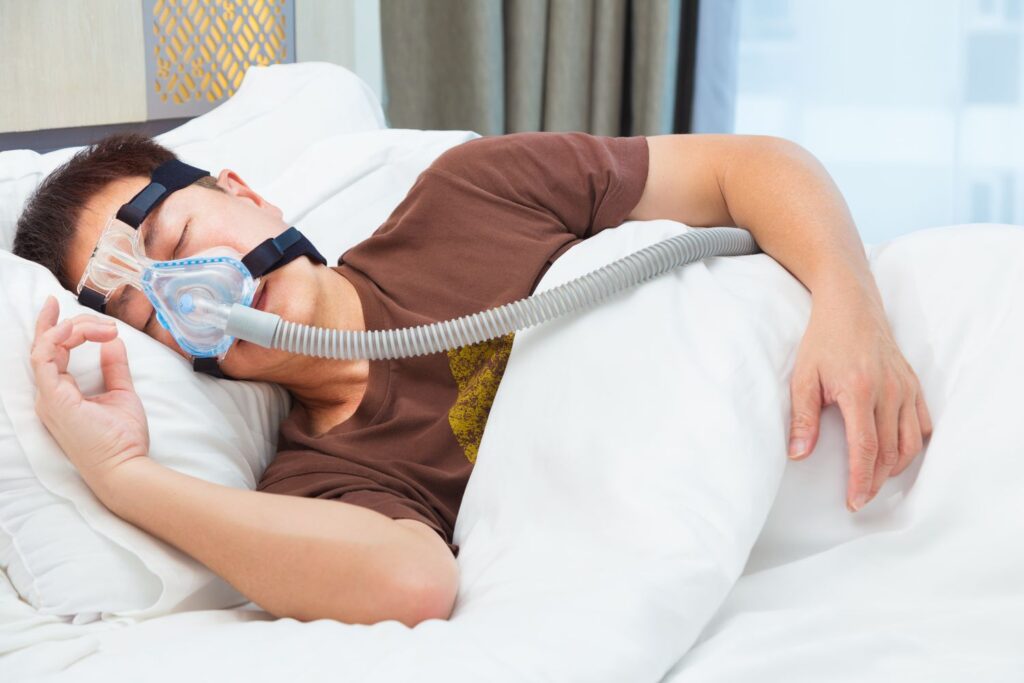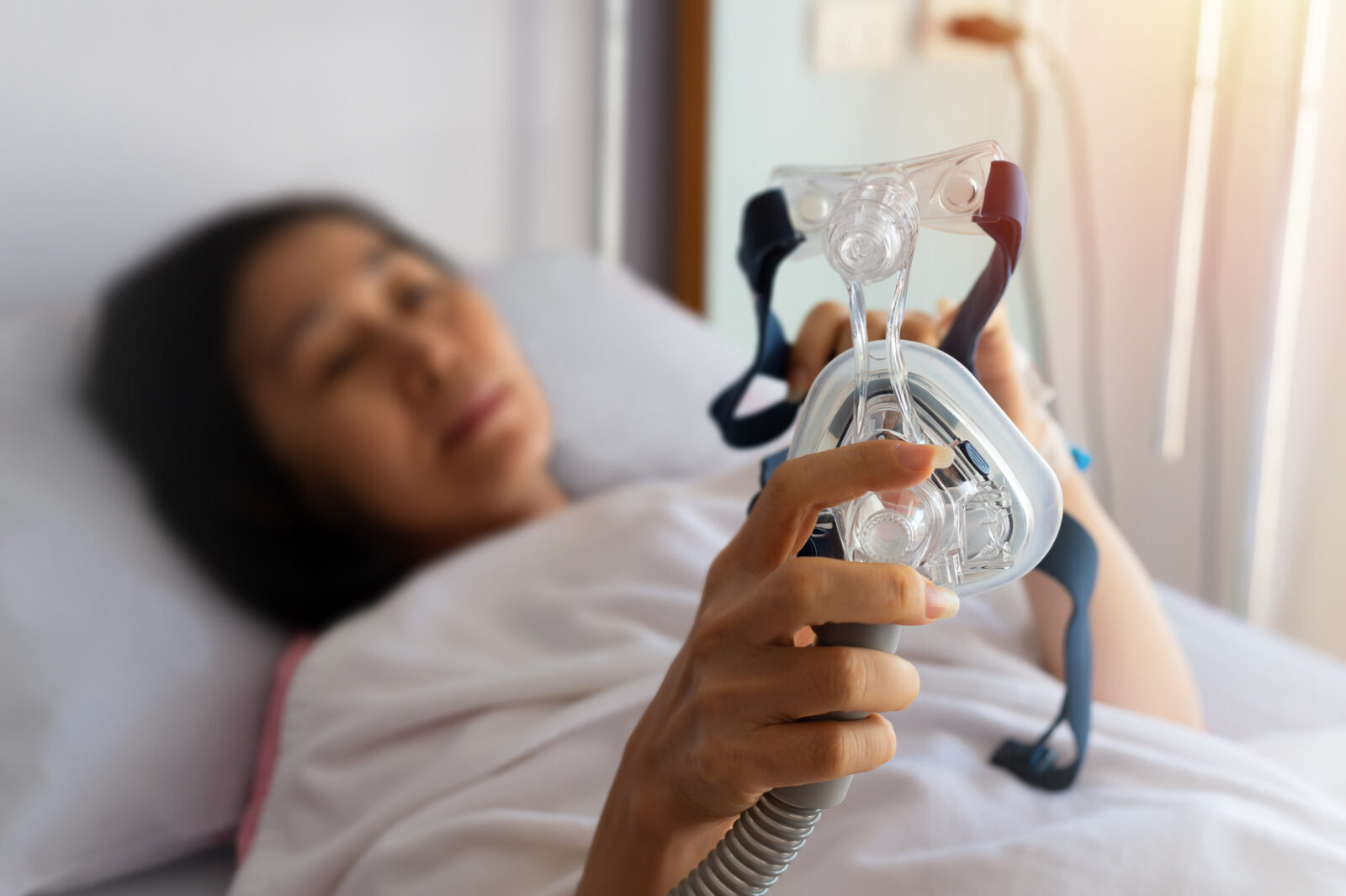Sleep is an essential component of our overall health and well-being, yet many individuals struggle with sleep disorders that can significantly impact their quality of life. In Perth, home sleep studies have emerged as a convenient and effective solution for diagnosing sleep-related issues without the need for overnight stays in a clinic. This article delves into the intricacies of home sleep studies, exploring their benefits, procedures, and the various conditions they help diagnose.
Understanding Home Sleep Studies
Home sleep studies, also known as portable sleep monitoring, are designed to assess sleep patterns and diagnose sleep disorders in the comfort of one’s home. Unlike traditional sleep studies conducted in a sleep lab, home sleep studies utilise portable equipment that can be easily set up and monitored by the patient themselves. This method not only provides convenience but also allows for a more natural sleep environment, which can lead to more accurate results.
Home sleep study Perth offer a convenient and effective means of diagnosing sleep disorders from the comfort of one’s home. With the ability to monitor critical sleep metrics, these studies provide valuable insights into an individual’s sleep patterns and help healthcare providers develop tailored treatment plans. As awareness of sleep health continues to grow, home sleep studies are becoming an increasingly popular choice for those seeking to improve their sleep quality and overall well-being.

How Home Sleep Studies Work
The process of a home sleep study typically begins with a consultation with a healthcare provider who will evaluate the patient’s symptoms and medical history. If a sleep disorder is suspected, the provider will recommend a home sleep study. The patient will then receive a portable monitoring device, which usually includes sensors to measure various physiological parameters during sleep.
Once the device is set up, it will monitor key metrics such as:
- Respiratory effort: This measures the effort required to breathe during sleep.
- Oxygen saturation: This tracks the levels of oxygen in the blood, which can indicate respiratory issues.
- Heart rate: Monitoring heart rate can help identify cardiovascular problems related to sleep.
- Snoring patterns: This can provide insights into potential obstructions in the airway.
After a night of sleep, the data collected is sent back to the healthcare provider for analysis, leading to a diagnosis and treatment plan if necessary.
Read more at: Sleep Apnea Test Perth Early Detection for Better Sleep Health
Benefits of Home Sleep Studies
One of the primary advantages of home sleep studies is the comfort they provide. Patients can sleep in their own beds, which often leads to more natural sleep patterns and reduces anxiety associated with unfamiliar environments. Additionally, home sleep studies are typically more cost-effective than traditional lab studies, making them accessible to a wider range of individuals.
Moreover, home sleep studies can be conducted at the patient’s convenience, allowing for flexibility in scheduling. This is particularly beneficial for those with busy lifestyles or those who may have difficulty taking time off work for a lab-based study.
Conditions Diagnosed by Home Sleep Studies
Home sleep studies are primarily used to diagnose obstructive sleep apnoea (OSA), a condition characterised by repeated interruptions in breathing during sleep. However, they can also help identify other sleep disorders, including:
- Central sleep apnoea: A less common form of sleep apnoea that occurs when the brain fails to send signals to the muscles that control breathing.
- Hypoventilation syndromes: Conditions where breathing is inadequate, leading to increased carbon dioxide levels and decreased oxygen levels in the blood.
- Periodic limb movement disorder: A condition characterised by involuntary leg movements during sleep, which can disrupt sleep quality.
By accurately diagnosing these conditions, healthcare providers can develop tailored treatment plans that may include lifestyle changes, the use of continuous positive airway pressure (CPAP) machines, or other interventions. Read more about accurately on https://medicaleducators.org/
Preparing for a Home Sleep Study
Preparation for a home sleep study is relatively straightforward, but there are several important steps to ensure accurate results. Patients are typically advised to avoid caffeine and alcohol on the day of the study, as these substances can interfere with sleep quality. Additionally, it is essential to maintain a regular sleep schedule leading up to the study to help ensure that the sleep patterns observed are representative of the patient’s typical behaviour.
On the night of the study, patients should follow the instructions provided by their healthcare provider regarding the setup of the monitoring device. This may involve placing sensors on the chest, finger, and around the nose to monitor breathing and heart rate. It is also advisable to create a sleep environment that is conducive to rest, such as keeping the room dark and at a comfortable temperature.
Interpreting the Results
Once the data from the home sleep study has been collected, it will be analysed by a qualified sleep specialist. The results will indicate whether the patient has a sleep disorder and, if so, the severity of the condition. For instance, in the case of obstructive sleep apnoea, the number of apnoeas (pauses in breathing) per hour of sleep will be assessed to determine the severity of the disorder.
Following the interpretation of results, the healthcare provider will discuss the findings with the patient and recommend appropriate treatment options. These may include lifestyle modifications, such as weight loss or positional therapy, as well as medical interventions like CPAP therapy or oral appliances designed to keep the airway open during sleep.
Follow-Up Care and Management
After a home sleep study and subsequent diagnosis, ongoing follow-up care is crucial for effective management of sleep disorders. Patients may require regular check-ins with their healthcare provider to monitor their progress and make any necessary adjustments to their treatment plan. This may involve periodic re-evaluations through additional sleep studies to assess the effectiveness of the chosen interventions.
Moreover, patients are encouraged to adopt healthy sleep hygiene practices, which can significantly enhance the quality of their sleep. These practices include maintaining a consistent sleep schedule, creating a relaxing bedtime routine, and minimising exposure to screens before bed. Click here to find more about hygiene.
Conclusion

For anyone experiencing symptoms of sleep disorders, such as excessive daytime sleepiness, loud snoring, or difficulty concentrating, seeking a consultation with a healthcare provider is a crucial first step. With the right diagnosis and treatment, individuals can reclaim their sleep and enhance their quality of life.

